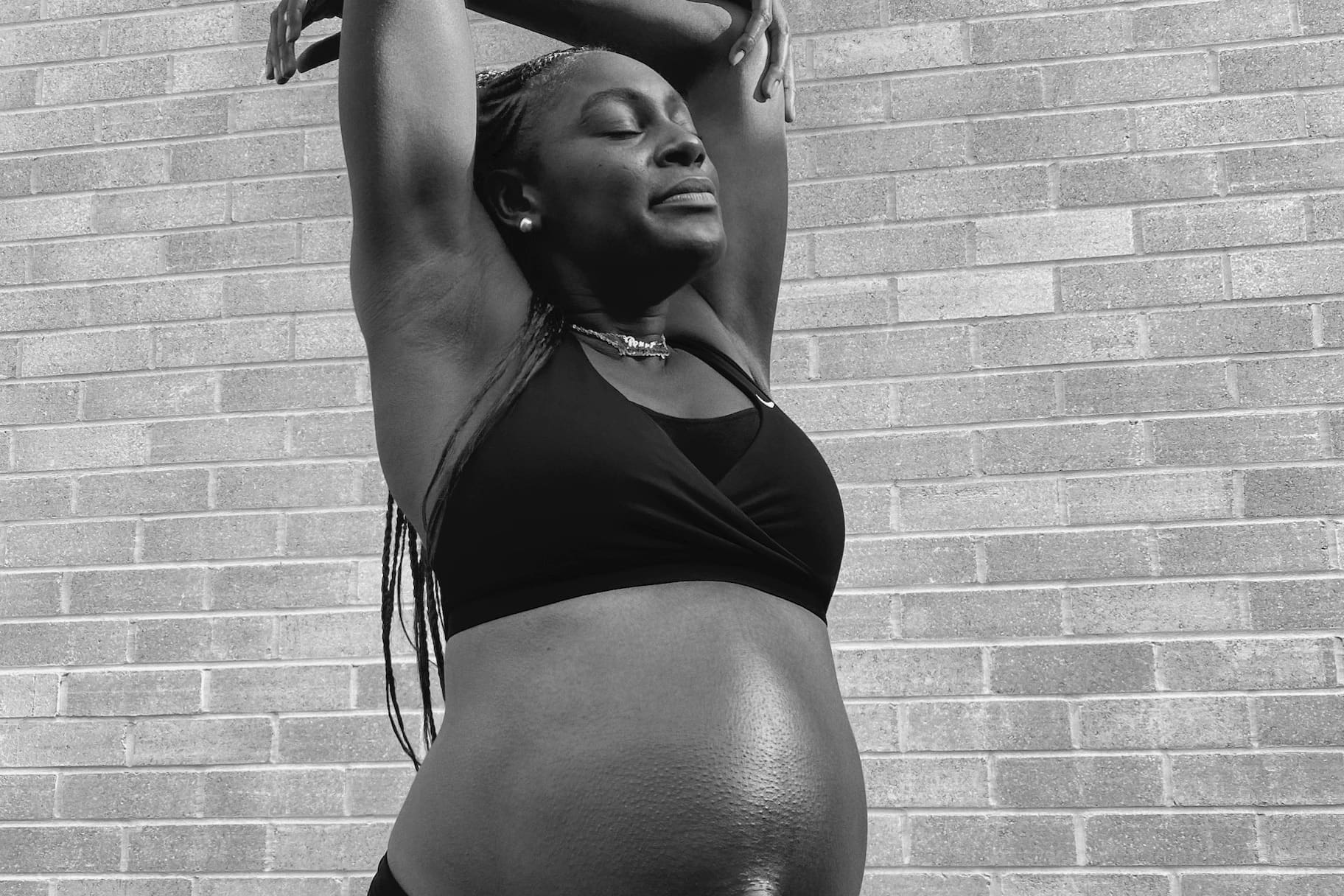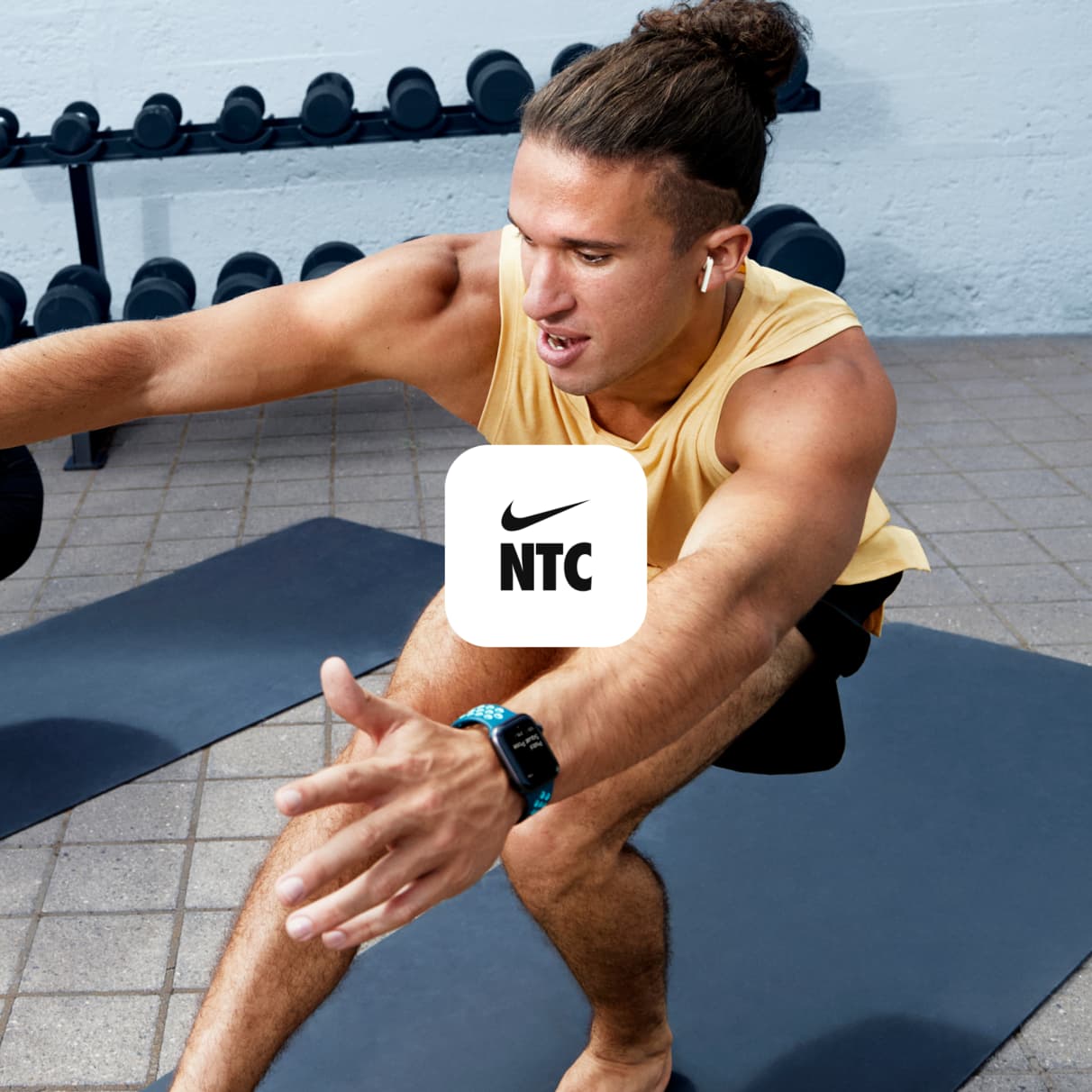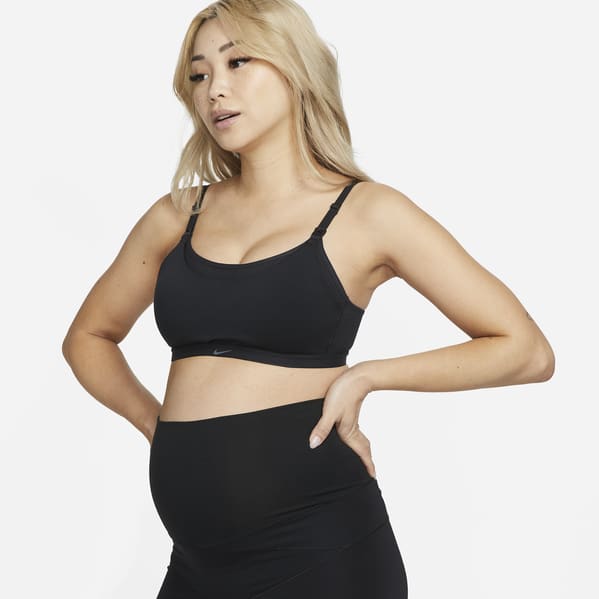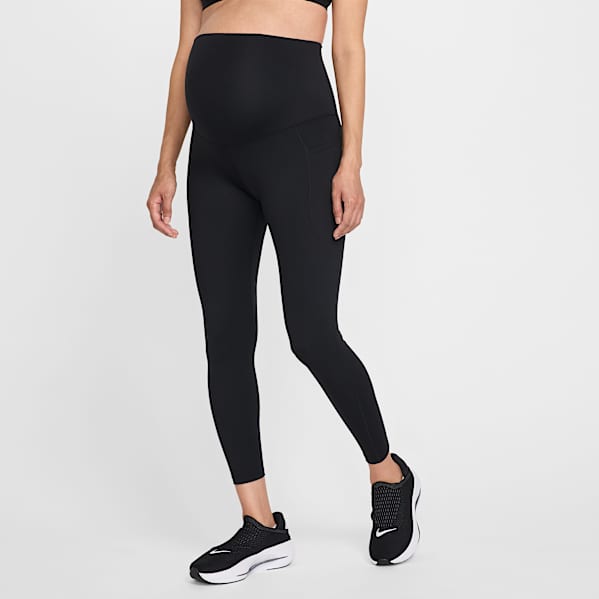Starting on March 11, 3D Secure 2.0 will be introduced for credit card payments. See details here.
Prenatal Yoga: What Not to Do During Pregnancy
Sports & Activity
Beyond keeping you active, there are other perks to following a yoga practice during pregnancy.

When it comes to staying fit during pregnancy, yoga is one of the best workouts you can do.
It can be great for all fitness levels, body types and stages of pregnancy and can also help manage some of the discomforts that come with being pregnant, says Jennie Love, a prenatal yoga instructor based in Scottsdale, Arizona.
“In prenatal yoga, we focus on creating strength and stability in the body, especially in the hips and legs,” she says. “We don’t work on flexibility as much as strength because that’s what the body is going to need throughout pregnancy to birth.”
Shifting the focus away from flexibility is safer, too: During pregnancy, the hormone relaxin naturally loosens the joints to prepare for delivery, so you’ll need strength to prevent injury from being too flexible, says Love.
Holding poses for an extended period of time can help you get stronger and build up the endurance you need for labor and childbirth, says Heidi Kristoffer, founder of CrossFlow Yoga.
“Most prenatal yoga classes are full of poses that aid in strengthening the parts of the body that are necessary for labor, such as the pelvic floor, hips and core,” Kristoffer says.
But beyond keeping you active and building strength, there are other perks to following a yoga practice during pregnancy.
The Benefits of Yoga for Pregnancy
Your body goes through a lot of big changes during pregnancy that impact your posture and create new aches and pains.
For example, lower back pain is common among pregnant people, especially as their bumps grow and their weight starts to shift forward. This can lead to over-stretching the lower back muscles, causing pain from arching, Love says. But doing yoga can help prevent these muscle imbalances by strengthening your core and lower back so the spine can more easily stay neutral. Plus, certain poses massage the lower back to help ease discomfort.
Yoga can also help reduce swelling during pregnancy by promoting better circulation, Kristoffer says. Doing certain poses can encourage blood flow to your arms, hands, legs, and feet — areas where swelling tends to occur. Another benefit is stress reduction, which is good for both mom and baby.
“Yoga brings you into the present by connecting your mind to your breath, and your breath to your movement,” Kristoffer says. “It also allows you to take time in a busy schedule to connect with your growing baby.”
There are many different styles of yoga available to you during pregnancy, so prenatal yoga isn’t your only option. And, as you explore what works for you, you may want maternity yoga clothes that are supportive yet comfortable so that you don’t feel restricted as you move from one pose to the next. Here are some precautions to keep in mind before jumping into any yoga routine during pregnancy, even if you already practice regularly.
Do's and Don’ts of Prenatal Yoga
1.Do: Check With Your Doctor First
Whether you’re looking to practice prenatal, Vinyasa, or Hatha yoga, it’s important to get the green light from your doctor before starting any new workout routine. Even if you practiced yoga regularly pre-pregnancy, it’s not a bad idea to check in with your doctor, especially if you have complications.
Hot yoga, which is taught in a room heated between 90 and 100° F, usually isn’t recommended during pregnancy, as it can raise your core temperature which could potentially cause fetal distress — plus, the heat makes already-loose pregnant joints even more mobile, which could lead to injury. Some experts and preliminary research suggest hot yoga could be safe for experienced practitioners with healthy, uncomplicated pregnancies, but it’s still a risk to take seriously.“I always refer women to their healthcare provider,” Love says. “For women who do practice hot yoga during pregnancy, I encourage them to drink more water and keep in mind that it’s easier for you to cool down than the baby. It’s about knowing your limits and when to ease off.”
“I always refer women to their healthcare provider,” Love says. “For women who do practice hot yoga during pregnancy, I encourage them to drink more water and keep in mind that it’s easier for you to cool down than the baby. It’s about knowing your limits and when to ease off.”
Kristoffer recommends that pregnant people steer clear of hot yoga completely and stick to prenatal yoga. “A prenatal class is optimal as not every yoga instructor knows how to modify for pregnancy,” she says. “If you’re new to yoga, review the studio’s class list. Each studio defines each style in their own way, but ‘gentle’ and ‘slow moving’ are words to look for in the description.”2.Do: Practice Gentle Backbends
Some backbends, like camel pose, can be helpful for massaging the lower back and promoting blood flow. During pregnancy, you can modify it by placing your hands on your lower back (not on your feet) and lifting through the heart, Love says.
But you should avoid deeper backbends like full wheel unless you’re in your first trimester and had incorporated them into your practice pre-pregnancy, and your doctor says it’s ok. And even then, you should tread carefully and be mindful of how it feels.
“It’s a massive stretch of the abdominal wall. You don’t want the placenta to detach from the uterus,” Love says. “If it starts to feel uncomfortable, that’s a sign that you should stop."
By the time you hit the second trimester, Kristoffer says you should avoid doing full wheel and other extreme backbends.
3.Do: Practice Inversions — With Caution
Kristoffer says it’s likely best to lay off inversions, like handstands, forearm stands, and headstands, during the first trimester or as soon as you become aware of your pregnancy (there’s no need to worry if you didn’t know). During this time, many are dealing with nausea and fatigue, as well as heartburn, so doing inversions may not feel great.
The good news is that you can reintroduce them into your practice during the second trimester as long as you’ve been doing inversions in your practice prior to pregnancy, still feel comfortable doing them, and don’t have any pregnancy complications. Love recommends using a wall for support to prevent falls.
Downward facing dog is a safe inversion you can do during pregnancy. You may have to widen your stance to accommodate your growing bump — the same goes for forward folds. But once you’ve reached 38 weeks, Love suggests taking a break from all inversions.
“At 38 weeks, I don’t recommend downward facing dog, because we don’t want to change the flow of energy, which should be going to the pelvic floor,” she says.4.Do: Cat-Cow and Goddess Pose
Both Kristoffer and Love like cat-cow for releasing tension in the spine, especially in the lower back.
“Cat-cow can also help encourage the baby to move downward for labor and delivery,” Love says. Just remember to hug your belly in and up to protect your baby.
Kristoffer calls goddess pose — which looks similar to a sumo squat with your legs in a wide-open stance — the ultimate labor prep, because it opens the pelvis and strengthens all of the muscles required during labor.
Other poses Love recommends for building strength and stability are the standing warrior poses (warrior I, II, and III), as well as garland pose (you may need to use a low chair or yoga blocks under your sit bones if you aren’t able to squat to the floor) and tree pose, using a wall for support.5.Do: Be Patient With Yourself and Seek Professional Guidance
Yoga is an excellent way to stay active and healthy throughout your pregnancy, but it’s important to tune into your body, so if something doesn’t feel right, you can gently exit the pose.
“Listen to your body and respect its miracles,” Kristoffer says. “You’re growing another human, after all, and it’s intense work. Rest when you need rest, hydrate before you feel thirsty, nourish yourself, and make sure you are well-rested.”
And as always, keep your doctor in the loop with how you’re feeling and reach out to them if you’re experiencing any red flags, like bleeding, chest pain, dizziness, and muscle weakness, according to the American College of Obstetrics and Gynecology.
Don’t be afraid to seek out professional guidance if you need help, whether it’s a prenatal yoga instructor at a local studio or an online instructor who offers virtual sessions.6.Don’t: Perform Poses on Your Belly
Poses that involve lying on your belly, such as cobra, bow, or locust, should be avoided throughout pregnancy, as they place direct pressure on your baby. However, you still want to work on strengthening your core in a safe way.
If you’ve been doing high or forearm planks prior to pregnancy and are in your first trimester, you may be able to continue doing them. Then once you start growing a bump — usually in the second trimester — you want to think about hugging your belly in and up, creating a hammock for your baby, Love says.But if you start seeing signs of coning, aka bulging in the middle of your abdomen, you’ll want to stop doing planks altogether to avoid increasing your risk for diastasis recti (ab muscle separation).
In the same vein, you’ll want to avoid arm-balancing poses, like crow, because they increase abdominal pressure, Kristoffer says. For an alternative, Love suggests trying side planks and an elevated plank on the wall.7.Don’t: Perform Closed Twists and Binds
With a baby bump, deep twists and binds aren’t recommended, but doing gentle, open rotations might actually help you feel better and keep your spine healthy, Kristoffer says. “Twist to the open side with the baby rather than against the baby,” Love recommends.
For example, do a low lunge with an open twist to your left side with your left leg forward and your right hand under your right shoulder. Reach your left arm up to open up the chest.
Kristoffer also likes seated side bends for pregnancy. “A woman’s sides and lower back get so tight in pregnancy. Creating space in the side waist and lower back feels amazing at every stage of pregnancy.”8.Don’t: Lie on Your Back for Too Long
Avoid poses that involve lying flat on your back for more than a few minutes, especially during the third trimester, as doing so can compress the vena cava — the vein that delivers blood to your baby — Kristoffer says. (Brief time on your back is OK as long as you feel fine in the position.)
“Instead, prop yourself up at an angle with blocks, bolsters, or pillows. In Savasana (corpse pose), lie on your left side in a fetal position to encourage better circulation,” she says.





